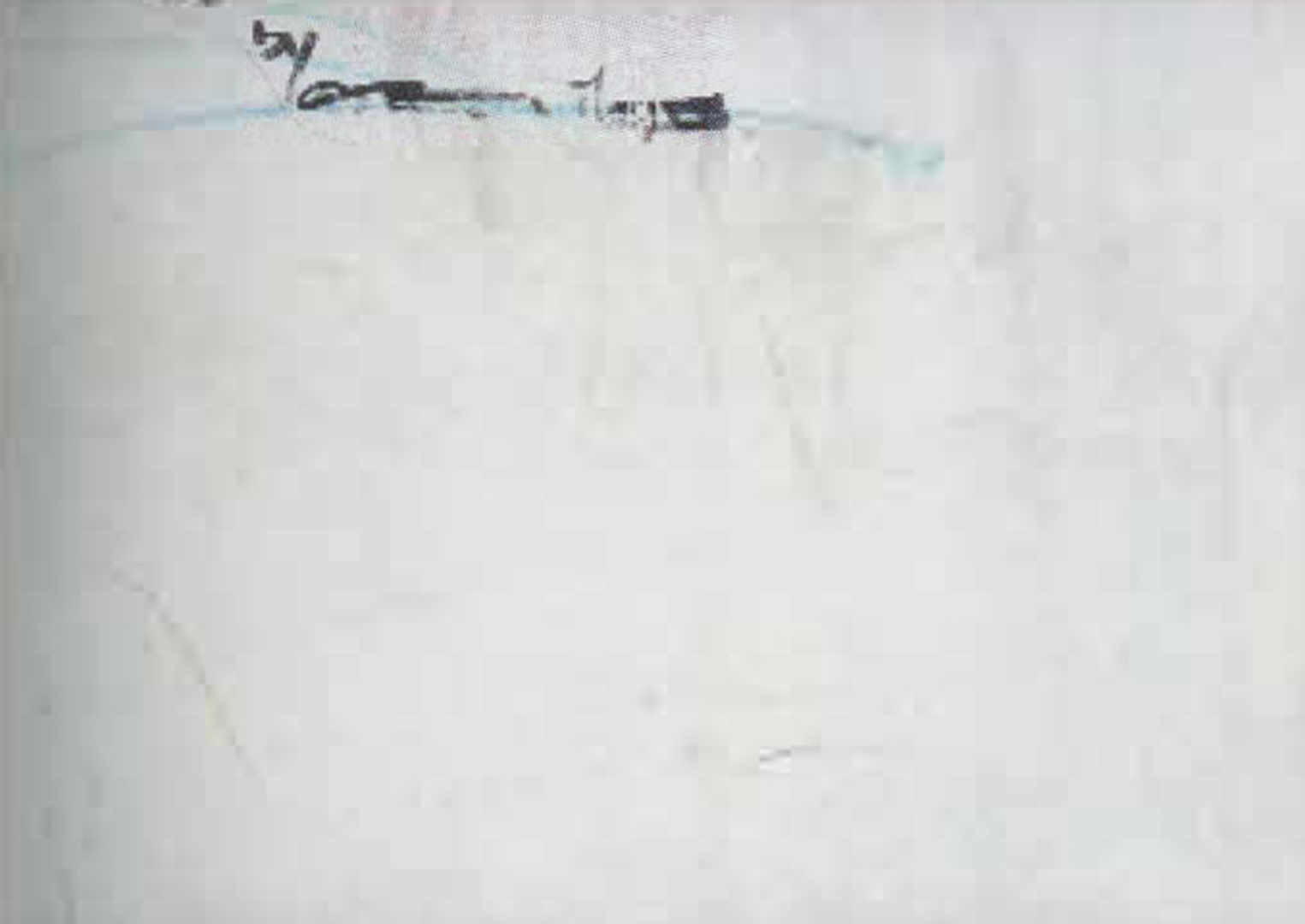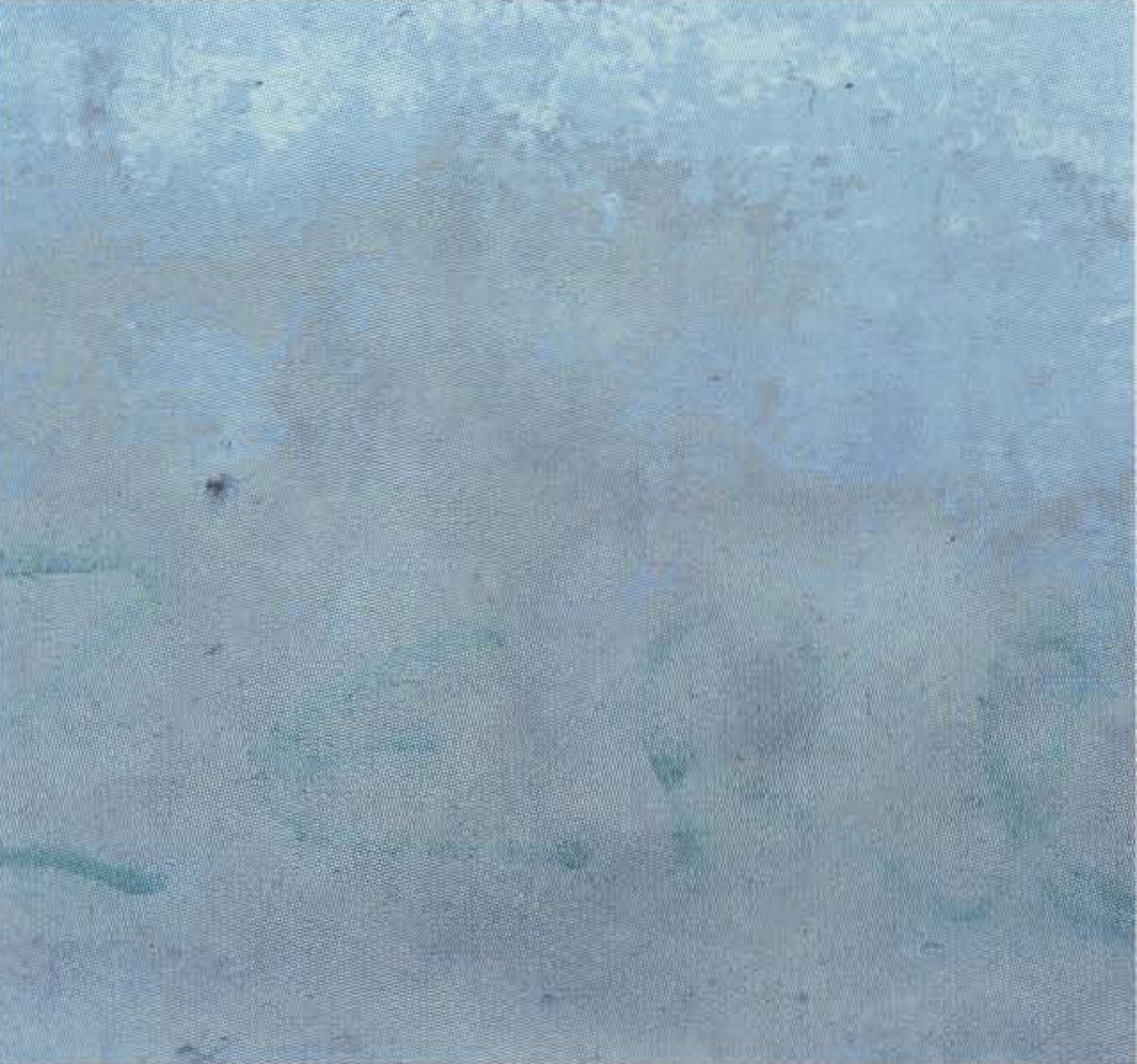Jurgen Faust: Wallworks
Artist(s):
Title:
- Wallworks
Exhibition:
Creation Year:
- 2003
Size:
- 64 in x 40 in
Category:
Keywords:
Artist Statement:
“Imagination is more important than knowledge. Knowledge is limited. Imagination encircles the world.”
-Albert Einstein (1879-1955)
For more than 15 years, I have explored the phenomenon of time through an interdisciplinary body of works. We experience time on various levels, but we always perceive and imagine time as a change of form and shape, and the appearance of layers. We don’t perceive time as a phenomenon by itself, because we haven’t a distinct sense for it. In my view, we construct time, as we construct “what is out there” and which we call reality. The difference between a constructed image of the world and the construction of time is obvious for me. The construction of change, which is interwoven with the concept of time, requires a more intense level of presence. It requires that I am not only aware of the construction of the image, but also that I have to be aware of the construction of the change of the image. In space, time appears in layers, which we can see in the growth and decay of living substance or in the various layers of media. The surface carries the image; the light mediates the image; our vision sense mediates the image; and our brain mediates the retinal image. The various layers makes it clearer: a medium always contains another.
I use a variety of material, images, digital stills, animation, video, space design, and installation work to communicate my ideas. The idea and concept drive the exploration of the media I apply, and my artwork starts where I need images to complete a circle, where I realize that scientific descriptions miss the point. The new communication technologies allow me to create a body of work that already includes the altered perception mediated through new media. The recent body of work (digital prints) is a tightrope walk between the abstract and the concrete. What appears as a 20th-century drawing is a digital print of a photographic image of a wall. The walls show aging aspects, a collection of incidental scratches, marks, rabbles, spots, stains, and objects we identify as drawings, as long as we don’t know the history and the context.
Affiliation Where Artwork Was Created:
- Cleveland Institute of Art







